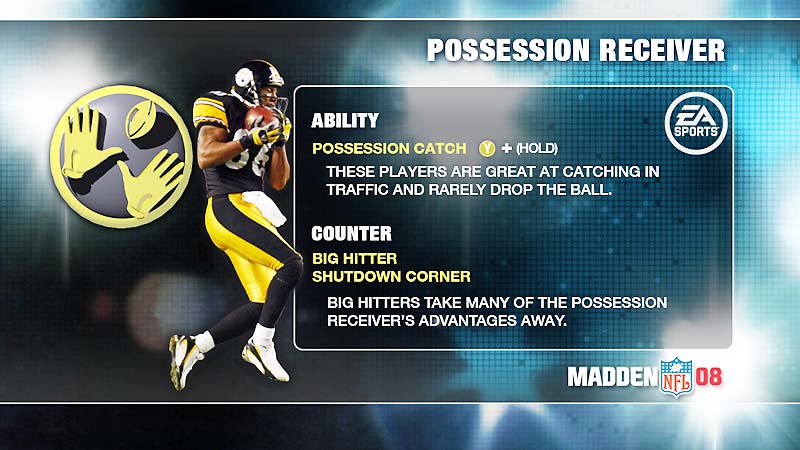So let's analyze both tests when the defense is Pass biased, first of all the defense's formation on each snap.
With higher Aggressiveness we have that:
- In 68% of the team's defensive snaps, they used their Base Defense.
- 32% of the team's defensive snaps were in any kind of subpackage, of which:
- 11% of the total defensive snaps were in a Nickel set.
- 16% of the total defensive snaps were in a Dime set.
- 5% of the total defensive snaps were in a Quarter set.
With lower Aggressiveness we have that:
- In 52% of the team's defensive snaps, they used their Base Defense.
- 48% of the team's defensive snaps were in any kind of subpackage, of which:
- 22% of the total defensive snaps were in a Nickel set.
- 13% of the total defensive snaps were in a Dime set.
- 13% of the total defensive snaps were in a Quarter set.
I can conclude that, at least with higher Pass defense, the team will prefer Subpackages with
Lower Defensive Aggressiveness.
Next, the type of coverage the defense will use. With higher Aggressiveness we have that:
- In 60% of the team's defensive snaps, they used Man Coverage.
- The remaining 40% was in Zone Coverage.
With lower Aggressiveness we have that:
- In 42% of the team's defensive snaps, they used Man Coverage.
- The remaining 58% was in Zone Coverage.
I can conclude that, at least with higher Pass defense, the team will prefer more Man Coverage with
Higher Defensive Aggressiveness.
Finally, how many pass rushers will go for the QB. I will note that players in QB Contain will be counted as rushers for this count's purposes, as they aren't serving a coverage function, instead just delaying their rush until the QB is outside of the pocket. At the same time, I did not keep count of how many times the defense had 3 down linemen, but rushed 4 players. With higher Aggressiveness we have that:
- In 5% of the team's defensive snaps, the defense will rush just 3 players.
- In 66% of the team's defensive snaps, the defense will rush 4 players.
- In the remaining 29%, the defense will rush 5 or more players.
With lower Aggressiveness we have that:
- In 12% of the team's defensive snaps, the defense will rush just 3 players.
- In 71% of the team's defensive snaps, the defense will rush 4 players.
- In the remaining 17%, the defense will rush 5 or more players.
I can conclude that, at least with higher Pass defense, the team will prefer more players dropping back in coverage with
Lower Defensive Aggressiveness.
With this I can conclude that:
- A Pass Biased defense with High Defensive Aggression is, indeed, a "Disrupt Passing" defense.
- Therefor, a Pass Biased defense with Low Defensive Aggression is a "Contain Passing" defense.
EDIT: The part that says that Higher Aggressiveness = More Man Coverage actually makes sense. This is a quote from Dan Quinn from one of Moonbax's posts about Aggressiveness:
Quinn, though, was always careful to say that aggressiveness could be defined in ways other than just what the average football fan — whose idea of aggressiveness often is defined by how often a team blitzes — might think.
Here’s a quote from Quinn prior to the season:
'I think that we just have a mindset that we like to play aggressive. Even if you play tight coverage or you are playing man-to-man or something like that, it might feel like it’s more aggressive. But that’s certainly my nature of being a defensive line coach. I’ve been a defensive line coach for a long time. That’s part of my background to play that style and that’s how I like to be and coach does too. So maybe they are feeling that as well.'
The key part there is where he defines aggressiveness as playing man-to-man or tight coverage.

